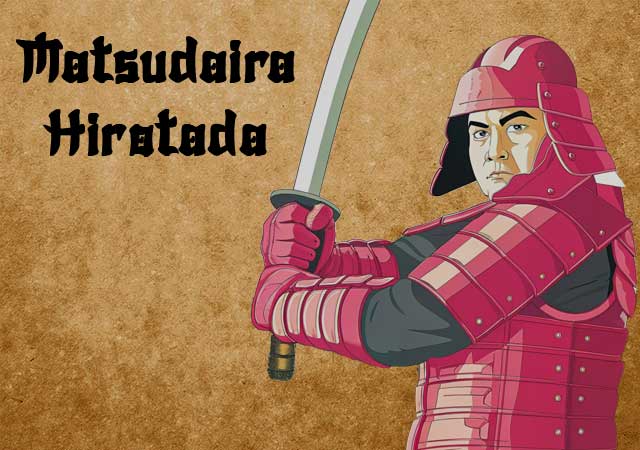
Matsudaira Hirotada (June 9, 1526 – April 3, 1549) was a daimyo and lord of Okazaki Castle in Mikawa Province during Japan’s turbulent Sengoku Period. He is best known as the father of Tokugawa Ieyasu, the founder of the Tokugawa shogunate.
Early Life and Rise to Power
Hirotada was the son of Matsudaira Kiyoyasu, the seventh head of the Mikawa Matsudaira clan. In his early years, he was known by several childhood names, including Senshomaru, Senchiyo, and Jirozaburo. After his father was assassinated in 1535, Hirotada came under the protection of Abe Sadayoshi, a loyal retainer of the Matsudaira clan.
With the support of the Imagawa clan, Hirotada was established as the lord of Okazaki Castle. This alliance with the Imagawa strengthened his position but also brought him into direct conflict with the powerful Oda clan.
Conflicts with the Oda Clan
In 1540, Oda Nobuhide attacked and captured Anjo Castle, which was under Matsudaira control. Nobuhide installed his son, Oda Nobuhiro, as the castle’s new lord. Despite assistance from Mizuno Tadamasa, Hirotada could not reclaim the castle, cementing a bitter rivalry with the Oda clan.
Marriage and Family
In 1541, Hirotada married Okichi, the daughter of Mizuno Tadamasa. In 1542, they had a son, Matsudaira Takechiyo, who would later become Tokugawa Ieyasu. However, tensions between Hirotada and his father-in-law, Mizuno Tadamasa, led to Hirotada divorcing Okichi in 1544. He subsequently married Makihime, the daughter of Toda Yasumitsu.
Military Struggles
Hirotada aligned with Imagawa Yoshimoto to combat Oda Nobuhide at the First Battle of Azukizaka in 1542. The coalition suffered a defeat, further weakening Hirotada’s position. In 1543, his uncle, Matsudaira Nobutaka, betrayed the family and allied with the Oda clan, exacerbating the clan's challenges.
Assassination and Legacy
In 1549, when Hirotada's son Takechiyo was only six years old, Hirotada was betrayed and assassinated by his own retainers, who had been bribed by the Oda clan. Despite his untimely death, Hirotada’s legacy endured through his son, who rose to unify Japan and establish the Tokugawa shogunate.
In 1612, decades after his death, Hirotada was posthumously awarded the court rank of Dainagon by Tokugawa Ieyasu, honoring his father’s role in the clan’s history.
See also
-
Tachibana Dosetsu
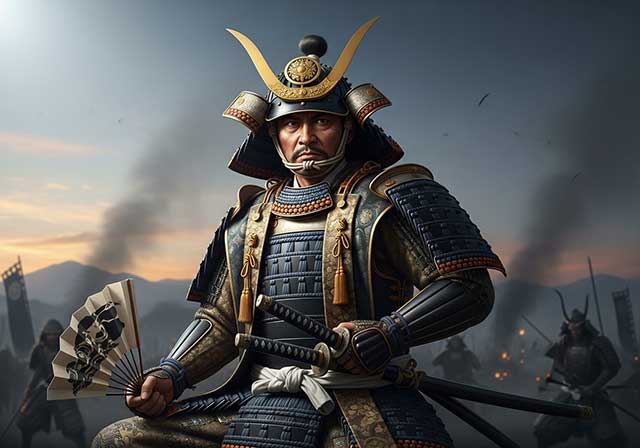
Tachibana Dōsetsu is the name by which Hetsugi Akitsura is more widely known; the name of this lineage is also found read as Hekki or Bekki. For a long period, Akitsura served the Ōtomo clan, the daimyō of Bungo Province, and took part in wars against the Ōuchi family, the principal enemies of the Ōtomo in northwestern Kyushu. In the 1560s, Akitsura seized the castle of the Tachibana clan, which had rebelled against the Ōtomo, and thereafter adopted the surname Tachibana. Around the same time, he took Buddhist vows and assumed the name Dōsetsu, which means “Snowy Road.”
-
Taira no Masakado
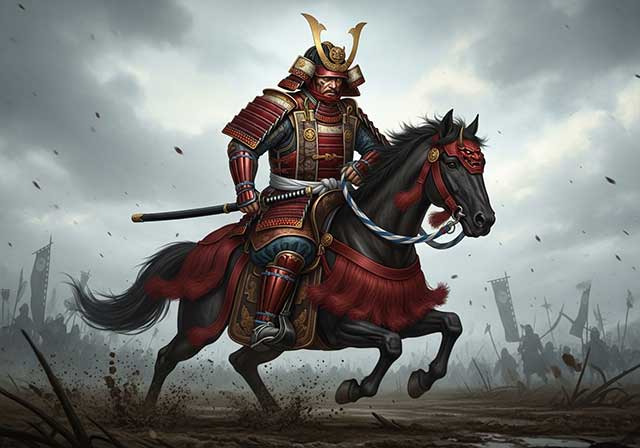
Taira no Masakado embodied the quintessential samurai of his era—self-assured, harsh, and unyielding. In his youth, he served in the palace guard and repeatedly proved his bravery while suppressing unrest. Thanks to these achievements, Masakado sought the post of chief of the capital’s military-police office (the kebiishi-chō), but he was rejected: by that time, nearly all court positions—now little more than privileged sinecures—were controlled by members of the powerful Fujiwara clan.
-
Sakakibara Yasumasa
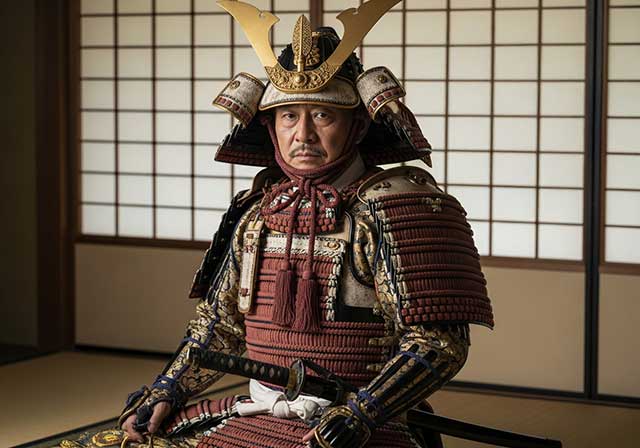
Yasumasa was the second son of Sakakibara Nagamasa and was born in Ueno in Mikawa Province. From a young age, he began serving Tokugawa Ieyasu and eventually rose to the position of one of his most trusted generals. His wife was the daughter of Osuga Yasutaka. Ieyasu first noticed the young Yasumasa during the suppression of the Ikkō-ikki uprising in Mikawa in 1564. Thanks to his demonstrated abilities, Yasumasa was granted the privilege of using the character “yasu”—the second character of Ieyasu’s own name—in his own. Although he was the second child in his family, he became his father’s heir, though the exact reasons for this remain unknown.
-
Sakai Tadatsugu
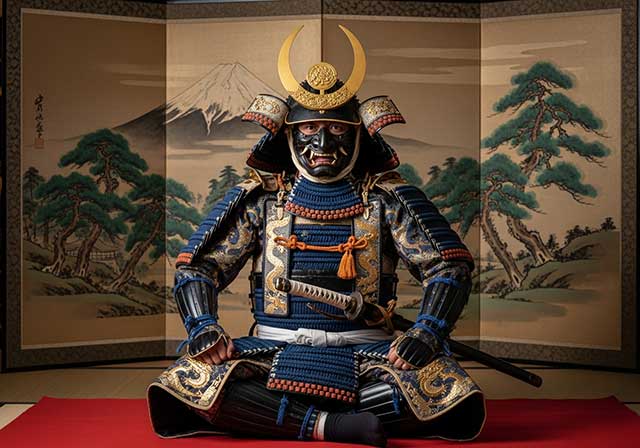
Tadatsugu was one of the most renowned generals serving Tokugawa Ieyasu. After Ieyasu broke ties with the Imagawa clan, Tadatsugu—an ardent supporter of this decision—was granted command of Yoshida Castle in 1565, which controlled the coastal road from Tōtomi to Mikawa. During the Battle of Mikatagahara in 1573, he held the right flank of the Tokugawa forces even when the troops sent by Oda fled under the assault of the Takeda army. In the Battle of Nagashino in 1575, he personally requested permission to carry out a night attack on the Takeda camp, which he executed brilliantly together with Kanamori Nagachika.
-
Ryuzoji Takanobu
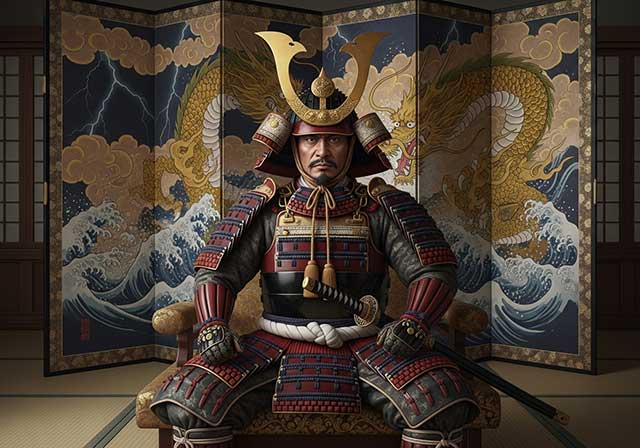
Takanobu was the eldest son of Ryūzōji Takaie and the great-grandson of Ryūzōji Iekane. His father was killed by a man named Baba Yoritiku in 1544. At a young age, Takanobu took Buddhist vows and received the monastic name Engetsu. However, around the age of eighteen, he returned to secular life, and in 1548, after the death of Ryūzōji Tanehide, he became the head of both branches of the Ryūzōji family.
-
Ouchi Yoshihiro
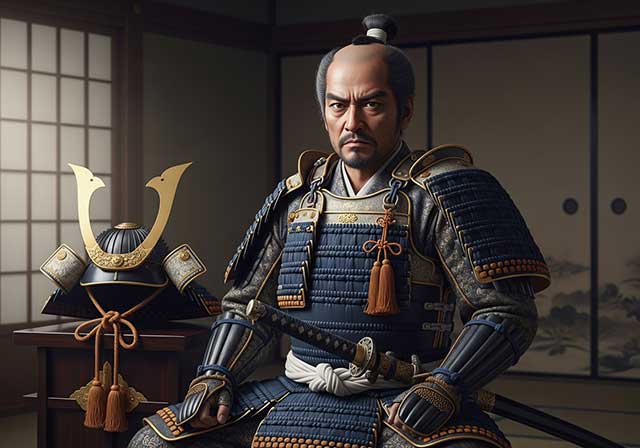
Ōuchi Yoshihiro was the second son of Ōuchi Hiroyo, who headed the Ōuchi clan in the western part of Honshu. In 1363, Shogun Ashikaga Yoshimitsu confirmed the Ōuchi family in the position of shugo of Suō and Nagato Provinces. In his youth, Yoshihiro assisted his father in strengthening the influence of the Northern Court on the island of Kyushu — they served under Imagawa Ryōsun, who had been tasked with subjugating the nine provinces of Kyushu.
-
Ouchi Yoshioki
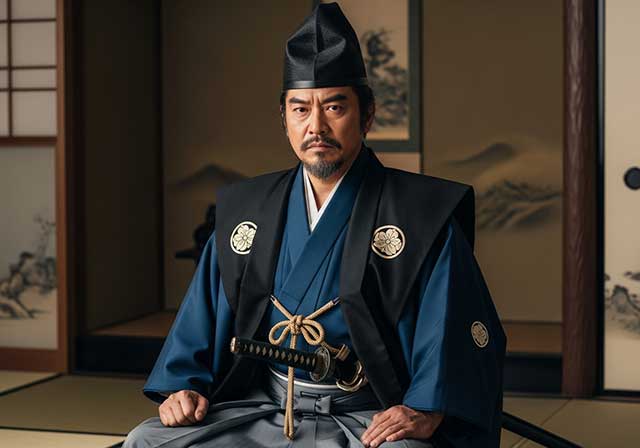
Ouchi Yoshioki, the ruler of the provinces of Suo, Nagato, and Iwami, was one of the most capable military commanders and politicians of the late 15th and early 16th centuries. The son of Ouchi Masahiro, he governed from his residence in Yamaguchi in the province of Suo. In 1499, Yoshioki gave refuge to Shogun Ashikaga Yoshitane, who had been driven out of Kyoto by Hosokawa Masamoto. Shogun Yoshizumi, Masamoto’s protégé, ordered the lords of Kyushu to unite their forces against Yoshioki; however, they did not dare to do so, fearing the power of a man who by that time controlled six provinces. Having gathered a substantial army, Yoshioki marched from his native Suo toward Kyoto in order to restore Shogun Yoshitane to power.
-
Otomo Sorin
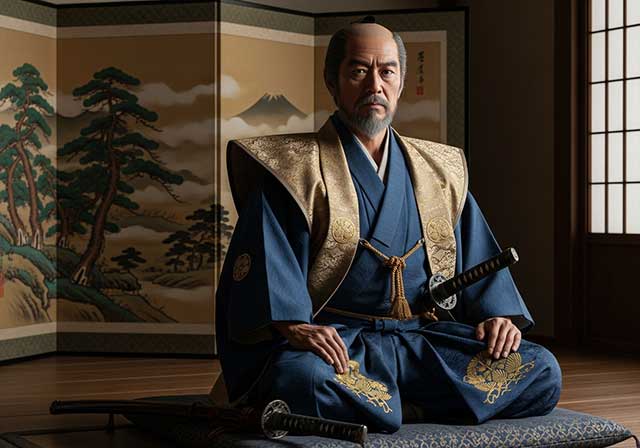
Ōtomo Yoshishige came from a noble lineage, being the eldest son of Ōtomo Yoshiaki, the ruler of Funai Province. The roots of the Ōtomo family traced back to Fujiwara Hidesato, the adopted son of Nakahara Chikayoshi. Fujiwara served Minamoto Yoritomo during the Genpei War and took part in battles in Mutsu Province in 1189. In 1193, he was appointed shugo of Buzen and Bungo Provinces, after which he adopted a new surname—Ōtomo.

